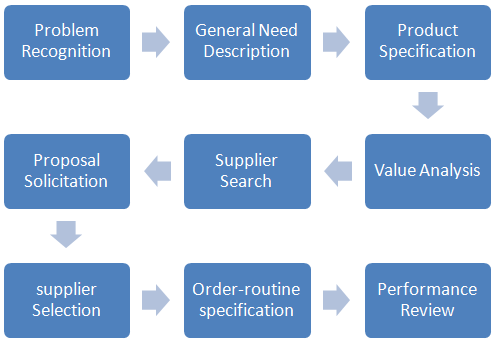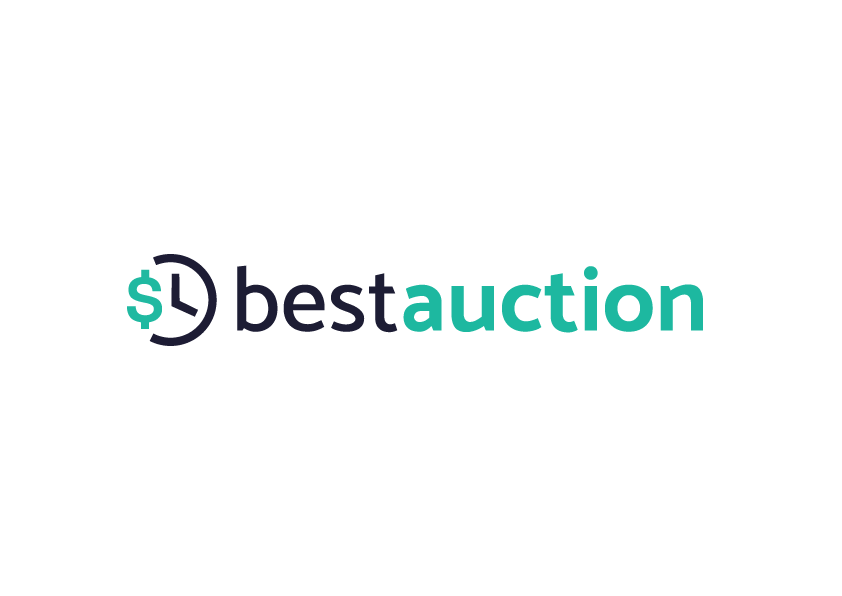How Buyers Benefit From Reverse eAuction?

Efficient organizations are always on the hunt for ways to reduce their bottom line, and lately, most have been discovering they can reduce costs by streamlining their procurement process. Over the past few years, almost every market has felt the benefits of reverse auctions going digital. Are you ready to take advantage of this revolutionary cost-saving process?
The introduction of electronic reverse auctions (eAuctions) is currently one of the most popular forms of electronic procurement processes. Many organizations declare the introduction of electronic reverse auctions is saving them from 10 – 20% of their costs.
No doubt, you all understand the procurement process in an organization. You know that it is a set of decisions by which an organization purchases goods and services. It contains the following nine phases:

The main goal of the organization is to procure goods or services at the lowest possible price, provided that other requirements (such as quality, payment terms, etc.) are met by suppliers as well. It is generally thought that the lowest bid is the most advantageous, but it does not have to be the only criteria.
Let´s take a look to the following benefits of reverse auctions for buyers:
- Reduction of prices of purchased goods and services also pressure put on the current supplier, to reduce prices. By seeing prices from other suppliers, we can ensure prices from the current supplier are competitive.
- Increased competition from suppliers – is beneficial for the buyer. Healthy competition between the participating suppliers can ensure that they provide their best possible price, to win the business.
- Transparency of all procurement process is set by instructions as well as detailed specifications of the product/service you are looking for. All participating suppliers have the same information and comply with procurement requirements. All this information is stored and spread through an online platform to all participating suppliers at the same time. The consistency in communication is crucial.
- Possibility to enter multivariate actions. Often, price alone is not the only criteria for evaluating suppliers. In the case of more complex goods or services, the buyer will use multivariate auctions, which allow suppliers to outperform each other. A change in the value analysis, entered directly into the auction, means that other conditions are selected and entered as a criteria, in addition to the price (for example: quality, delivery times, payment conditions and others)
- Acceleration of purchasing cycles – reducing order and delivery processing cycles.
- Simplification of the procurement process. It is important to note, that purchasing is not the easiest of activities for any organization and it takes a lot of work for these processes to run smoothly… However, in a reverse auction, most of the work is carried outby the contractor. The buyer only needs to provide a list of the organization’s requirements and publish this list where it is accessible to the supplier. When suppliers respond, the buyer can then compare offers and choose the one that best suits the organization’s needs.
- Reduction of total administrative costs. As mentioned in the previous point, most of the work is done by the contractor. A purchasing organization can use the software and automation it offers, to reduce the workforce used for purchasing.
- More audited environment. Companies are required to keep detailed records of transactions for compliance and audit. Using online reverse auction software, they can capture all the necessary transaction information to stay consistent. All offers, from all suppliers, are monitored and saved eliminating any disputes throughout the entire selection process. In addition, all information is available 24/7/365.
- Open up new horizons for buyers. Maybe, somewhere in China, you will find a seller who offers better quality supplies for the same price. Maybe the seller is able to get the exact raw material that the organization needs. Thus, identification of alternative, in many cases a cheaper supply option.
The introduction of electronic auctions in the procurement process, is often associated mainly with significant savings in the cost of purchased goods or services, such a scenario may not always be the rule and each organization must thoroughly analyze the impact of the auction as well as its precise definition of parameters. Reverse auctions are not suitable for all industries or for all procurement situations, but if used in the right situation for the right category of expenditure, there are many benefits to reverse auctions and can lead to significant cost savings.



